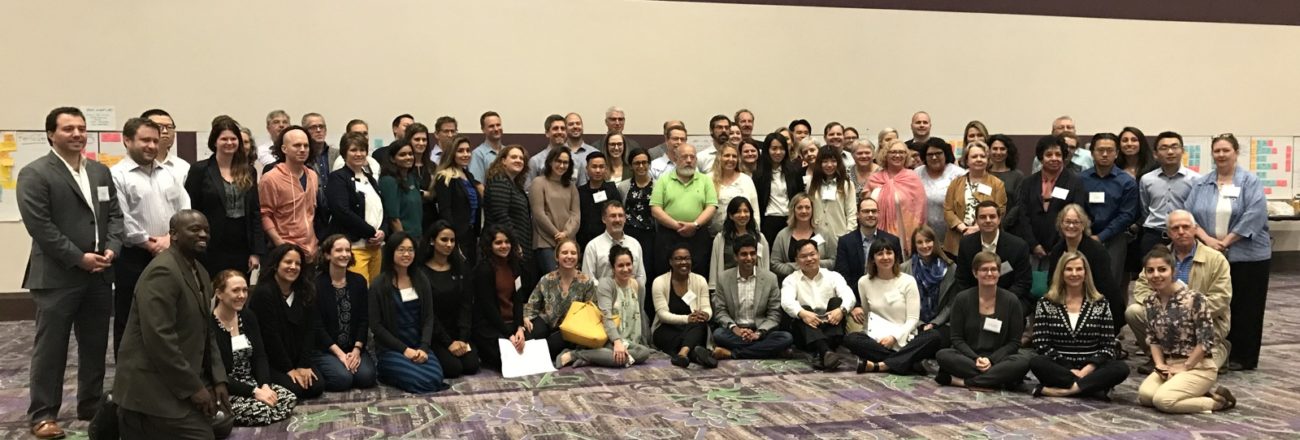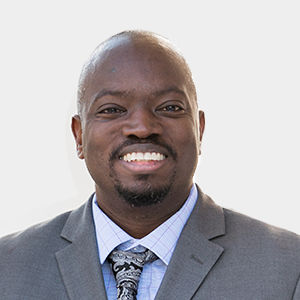“Hard to imagine a health care service that has more value to society than childbirth: Nearly every American experiences it. But if you were tracking the health of our nation’s mothers, you’d’ never know it mattered to us…” – Dr. Neel Shah, MD, MPP, FACOG, an Assistant Professor of Obstetrics, Gynecology and Reproductive Biology at Harvard Medical School, and Director of the Delivery Decisions Initiative at Harvard’s Ariadne Labs.
According to the Centers for Disease Control and Prevention (CDC), more than 135 expectant and new mothers a day — or more than 50,000 a year — endure dangerous and even life-threatening complications that often leave them wounded, weakened, traumatized, financially devastated, unable to bear more children or searching in vain for answers about what went wrong. Perhaps a severe understatement to say, we have room for improvement.
Earlier this year, we hosted a workshop to “reimagine” childbirth facilities… Groups of childbirth clinicians (doctors, nurses midwives), architects, engineers, facility owners and others gathered in small groups to consider the optimal birth experience and how we might design processes and spaces to achieve this outcome.
We are still digesting the great ideas, the great opportunities for code changes, new takes on best practices, and new ideas we’ve developed. Reimagining in this context is a rich experience. But we wanted to give you a small taste of the ideas, so we can expand the dialogue and further question and develop ideas into solutions.
- Women arrive at childbirth facilities before they have sufficiently progressed in labor. Instead of sending them home, often upsetting them especially when they’ve travelled a distance to the birth facility, let’s provide a space the pre-labor woman can enjoy.
- Triage is almost always the point of entry to the birthing experience. A professional needs to decide if a woman is ready to enter a birthing experience room. Let’s reimagine the “triage” space, creating a supportive space that uses technology to give mothers all the information they need,
- Most expecting mother (and father) anxiety is caused by lack of information and miscommunication. Let’s use a doctor/midwife approved app do drive the pregnancy and labor process. That way, the pregnant or laboring woman knows exactly what to expect and so do the facilities, including knowing when a patient will arrive, perhaps via carshare, at their site.
- Cared for staff lead to better experiences for patients. Let’s create a culture that will enable and support staff to thrive and find joy in their work by considering an “offstage” area for staff, that promotes consultation and rejuvenation.
- Hospital-based clinicians and birth center clinicians agreed that the experience of birth is likely better (for low-risk pregnancies) at a birthing center but most births occur at hospitals. Can we create a birthing center within a hospital and get the benefits of both? Let’s leverage technology to make it happen.
In many ways, the reimagining has just begun… If you have specific thoughts on an challenges and proposed solutions, please, share with us directly here.
ADDITIONAL CONTEXT ON THE WORKSHOP:
Mazzetti personnel were the driving force behind the workshop. Walt Vernon our CEO, was the founder and driving force behind the workshops. As a board member of FGI, he recognized the importance of bringing clinicians and designers together in ways that can impact the future of how healthcare is delivered. Our technology experts, Josh Kelly and Christena Fournier engaged the room in how technology might shift the paradigm of how we imagine providing care. Shannon Bunsen, our sustainability expert, brought visions of a more environmentally and socially sustainable future to her role as table facilitator. And Troy Savage led the group through a human centered design inspired process.
Interested in what you see? Subscribe to receive monthly news and information
more tailored to what you need.

